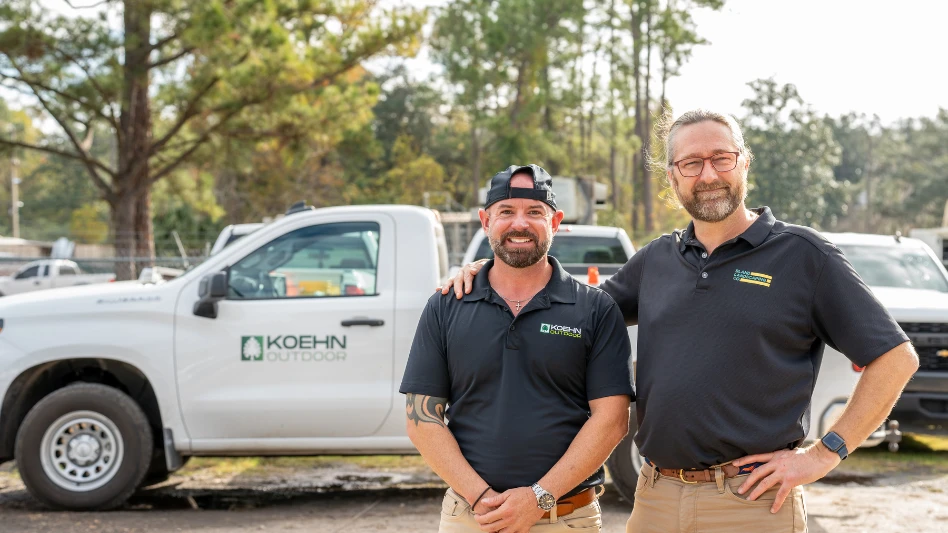 © Lienkie | Dreamstime.com
© Lienkie | Dreamstime.com
Systems are for big business. Forms, processes, checklists, those are for franchises. Quality control is for manufacturing. Reports are for accountants.
Wrong!
No matter how many employees on your payroll or what your financials looked like last month, if you believe that “organized chaos” and creativity alone will drive your business toward success, it’s time to shift gears.
Businesses without systems react. You want to forecast, measure, set goals and beat them. (And, of course, earn more money while doing all of this.)
“You have to move past the idea that you are great because you work fast and do attractive work,” says Andy Birol, president, Birol Growth Consulting, Cleveland. “Instead, you should encourage a culture that is not about only getting work done on time, but about getting it done efficiently, and the definition of efficiency is effectively matching fixed resources against variable jobs.”
Systems for sales, field operations, administrative duties and accounting ultimately help a business maintain a constant flow of work and, as Birol points out, keep equipment working.
The best area to start building systems is sales, Birol advises, referencing his process for identifying your “best and highest use,” identifying the target market, customers’ needs, and then how to find, keep and grow customers.
Feel overwhelmed? Start with a task that must be completed in your business, and work your way in and out of every step to complete that task. That’s how Blake Crawford, partner in Crawford Landscaping Group, Naples, Fla., built systems for field operations. Once you have the steps on paper, re-examine and edit the process.
“The landscaping industry is becoming more sophisticated every year,” Crawford says, explaining why the green industry is a natural for systems. “It’s a repeatable business. Your contracts are pretty much set in stone.”
Crawford, who spent a decade working in the manufacturing industry, treats his business like a big small company, investing time to create systems (Birol recommends owners spend one-third of their time working on the business), and staying close enough to operations to ensure quality.
This month, Lawn & Landscape spoke with Crawford and two other firms to learn how they set up systems to improve efficiency and profitability.
The author is a freelance writer based in Bay Village, Ohio.
Jump To:
Small Business
Medium Business
Large Business

Explore the December 2009 Issue
Check out more from this issue and find your next story to read.
Latest from Lawn & Landscape
- Analysis of an entrepreneur
- Terra Nova's Sedum Conga Line variety wins Best of 2024 Perennial award
- Different ways to distribute
- Case's 580EV electric backhoe loader wins Good Design Award
- Davey Tree promotes Dan Herms to VP, GM of Davey Institute
- Caterpillar's Cheryl H. Johnson set for April retirement
- Registration open for sixth annual Lawn & Landscape Technology Conference
- 12 interview questions to help you hire winners





